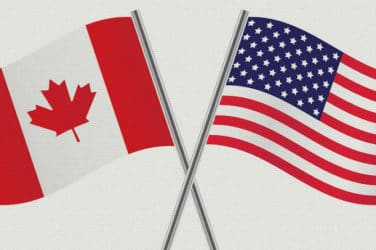
At least one major Canadian investment institution backs restrictions on dark liquidity.
Whether dark liquidity in the Canadian equity market faces highly restrictive rules should be decided early next year, a move favored by Connor, Clark & Lunn Investment management, one of only two investment-management firms that commented on the Investment Industry Regulatory Organization of Canada’s proposal.
“I’m not sure a lot of our institutional investors in Canada understand what’s really going on,” said Don Towers, partner and head of equity trading at the $22 billion asset firm.
Towers acknowledged they may have simply chosen not to respond, but he called market structure the biggest “hot button” issue in Canada today and noted that dark liquidity is closely tied to other important issues such as the growth of high-frequency trading and the use of algorithms.
RBC Global Asset Management Inc. was the only other asset manager—of 15 comment letters—to weigh in on the proposal, for which responses were due Oct. 27, and it expressed limited support. Connor, Clark, submitting its comment letter Oct. 31, explicitly backed the full Iiroc proposal. It would give displayed orders priority over dark orders at the same price and would require dark orders to be a minimum size—pegged by regulators at 5000 shares—unless they provide significant price improvement.
Towers said his firm supports the ability to execute block trades in the dark. He noted, however, that two retail-oriented dark pools—Alpha’s IntraSpread facilitiy and Goldman Sach’s Sigma X—have started operations since June, and small-order dark pools now represent nearly 5% of total volume executed in the Canadian market.
“It’s basically taking away liquidity from the lit markets, and the overall market isn’t getting any benefit from it,” Towers said.
Removing liquidity, some argue, deteriorates the quality of quotes. In the U.S., dark pools are estimated to execute in excess of 15% of total volume, and dark liquidity overall—including upstairs trades—makes up more than 30% of volume.
Towers pointed out that plenty of market participants disagree with Iiroc’s proposal. If they sway the regulator to weaken the proposal or maintain the status quo, he sees two courses of action: either continue to speak out against excessive dark liquidity, or “try to adapt to what’s going on and gain some sort of advantage over competitors.”




